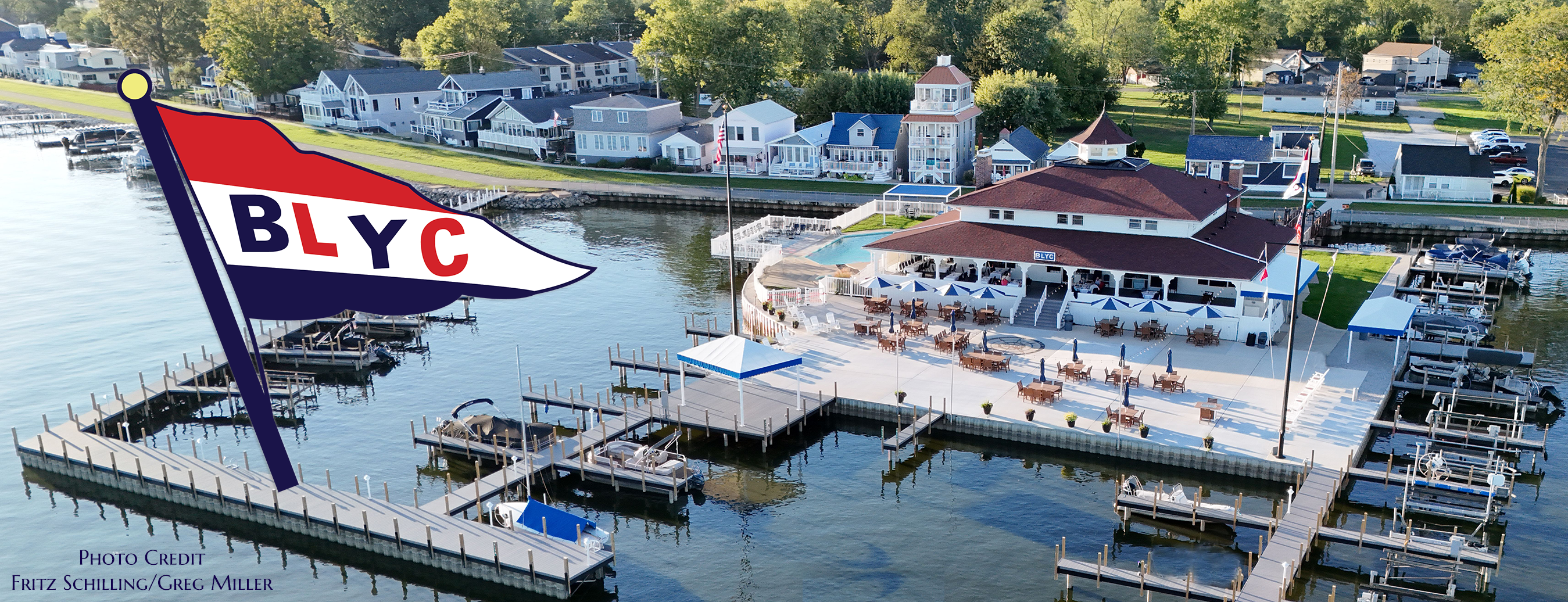Do have a sailing story, news, or helpful sailing-related information to share?
Please contact P/C Steve Harris to have it included. We’d love to hear from you.
1st Place 2nd Place 3rd Place CLICK HERE NOTE: There was a initially a tie for 2nd place between Runaway and Reflection with 26 points each. Tie broken by RRS A8.1 The following “Cheat Sheet” on VHF Channels for Recreational Boating and Etiquette is now available on our website under the “Safety Resources” tab in the “Sailing & Boating” menu. Beginning with America’s Cup 34 in 2013, rigid wings began to take over as the primary “engine” in lieu of traditional sails. That same technology is now being prototyped as an alternate source to power cargo ships… NEXT WEEK! Rules TWO-PART SERIES
TUESDAY, THURSDAY, MAY 4:30
Join champion racer Dave Perry as we
SAVE THE DATE: Winning TWO-PART SERIES
TUESDAY, THURSDAY, 4:30
Elevate your racing game with expert2025 Junior Sailing Camp

2025 Junior Sailing Camp Dates
Beginner Session #1
June 2-6Beginner Session #2
June 9-13Intermediate
June 16-20Advanced
June 23-27Registration will open On Wednesday, January 15 at Noon.
Questions? – e-mail Governor Bill Ghiz for more informationCongratulations!
CONGRATULATIONS
Congratulations to Chuck Bendig and the crew of Big Girl on winning the 2024 Summer Series

Big Girl
Chuck Bendig
Runaway
David Paligo
Reflection
Scott Evans
for the series scoresNow Available on Our Website…

America’s Cup Technology Could Help with Climate Change
Racing Classes with Dave Perry
Join
Dave Perry and American Sailing in two online classes to level up your
racing.
You Need to Know Around the Race Course
MAY 28
30
PM PT / 7:30 PM ET
master boat-on-boat tactics for successful racing—from start to finish
line maneuvering.
REGISTER
Tactics Around the Race Course
JULY 9
JULY 11
PM PT / 7:30 PM ET
insights from champion racer Dave Perry, covering essential
boat-on-boat tactics for competitive success.
REGISTER




